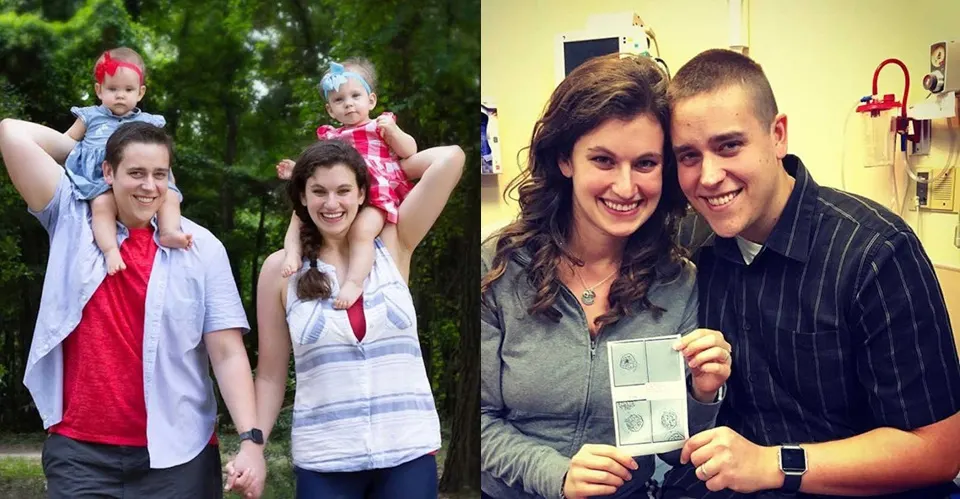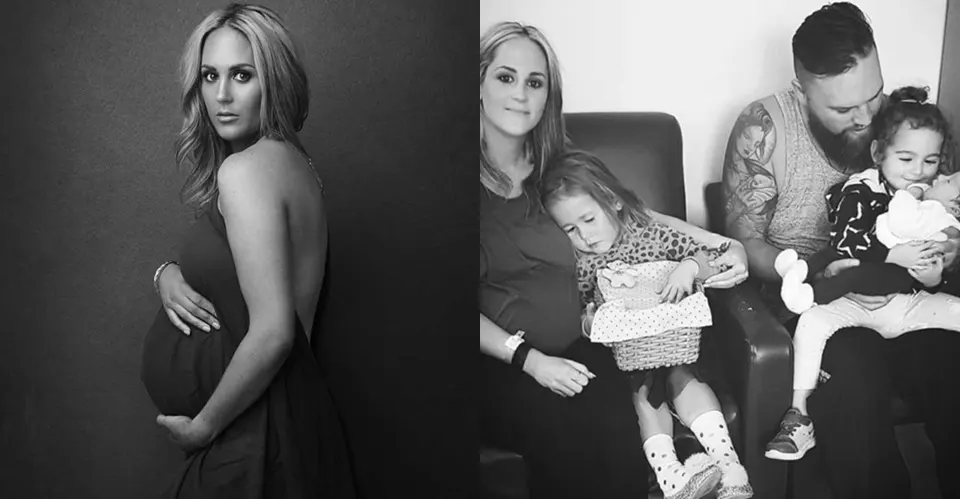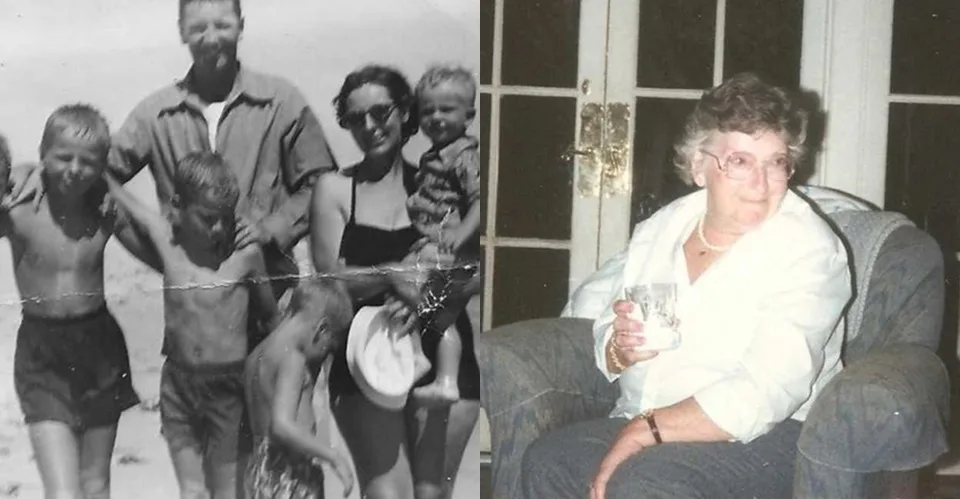She used to search for herself in a sealed file; now she finds herself in both families’ faces, memories, and imperfect love, which is more open than any record could ever be. She was born in the late ’80s, when closed adoptions were common and secrets surrounded the process. After two days in the hospital with her birth mom, she was carried out to meet her new family, but not from a patient room. The lawyer wouldn’t even enter the maternity ward. He made her adoptive parents meet him in a breezeway to take their newborn home.
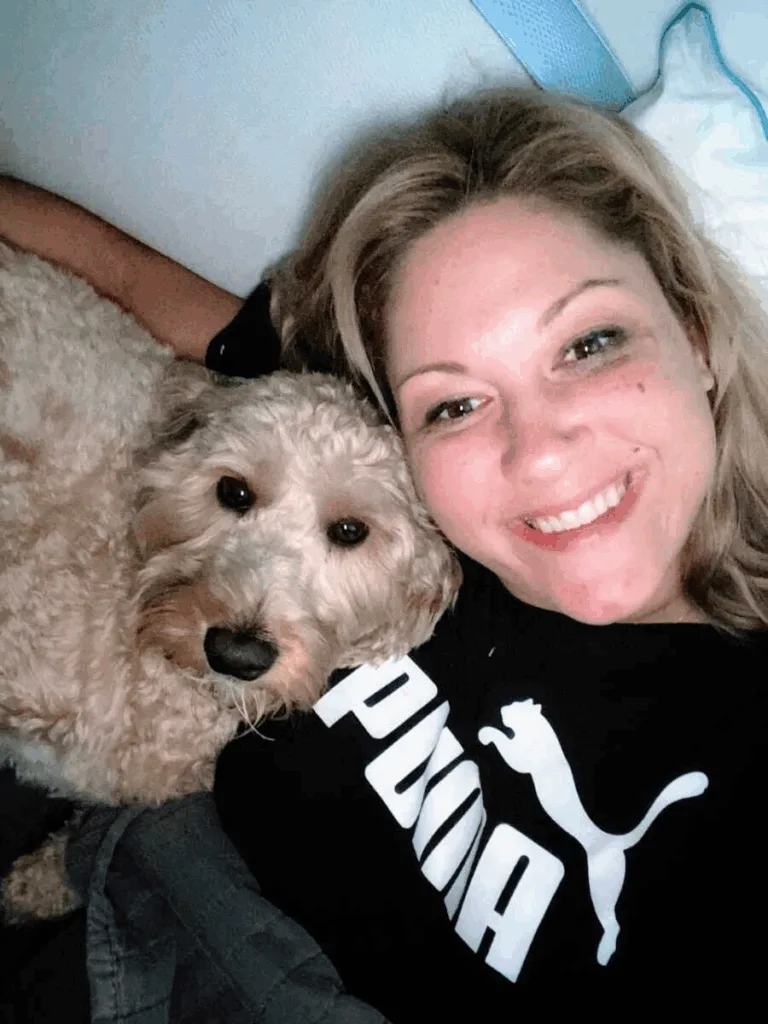
By chance, her adoptive aunt worked as a nurse on that floor, so her aunt and cousin met the baby before her own adoptive parents did. She left the hospital with an amended birth certificate listing her adoptive parents, while the original, naming her birth parents, was sealed by a Florida court. Decades later, many U.S. states still block adoptees from seeing their original birth records. In Florida, where she was born and still lives, she’d need a court order to access a document most people can access freely. Over time, research has shown what many adoptees feel: even when adoption happens at birth, separation can leave a deep mark. Thinkers like Nancy Verrier call it a “primal wound,” an early break that can echo through trust, self-worth, and relationships.
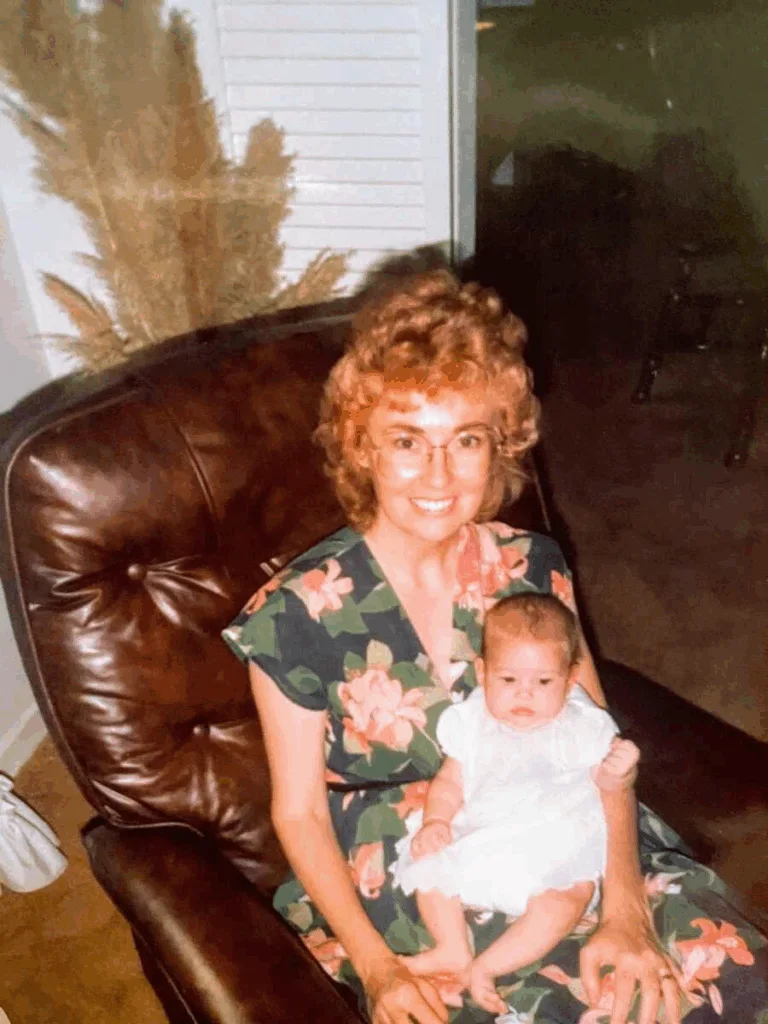
She grew up in a home filled with love and stability, family dinners every night, parents who will celebrate 52 years of marriage. Still, a quiet question followed her: Why wasn’t I kept? She became a people pleaser, afraid that one wrong word would make someone disappear. When she began dating, closeness felt risky. If a boyfriend got too close, she pulled back or found flaws, leaving first before she could be gone. Later, she drifted toward men who kept their distance; they couldn’t hurt her if they never got near. She only saw how often her choices traced back to that first separation as an adult.
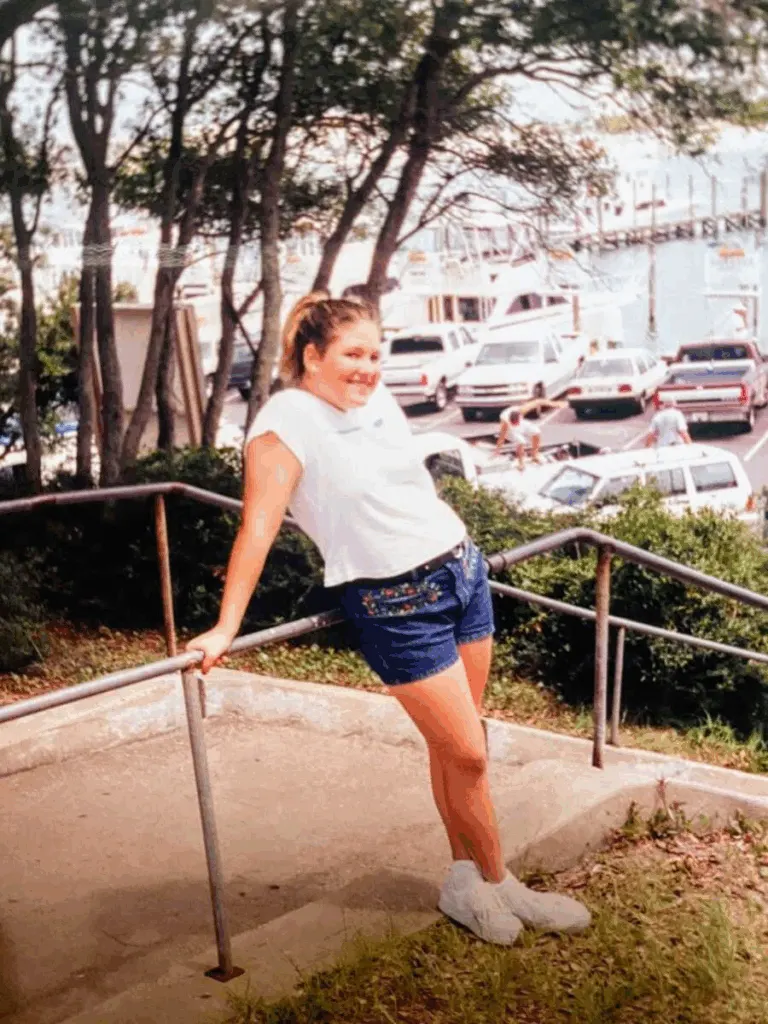
She also wondered who she resembled and where her spark came from, because she felt different from the family who raised her. At eighteen, she found her birth mother, and many of the mysteries softened. Her mother had been young, newly divorced, struggling to raise an older child, and wrestling with addiction. She believed adoption would give her baby what she couldn’t: stability and a future with two parents. When they reunited, her birth mom was almost a year sober. For a while, they were inseparable, laughing alike, looking alike, discovering how genetics had traveled silently through eighteen years.
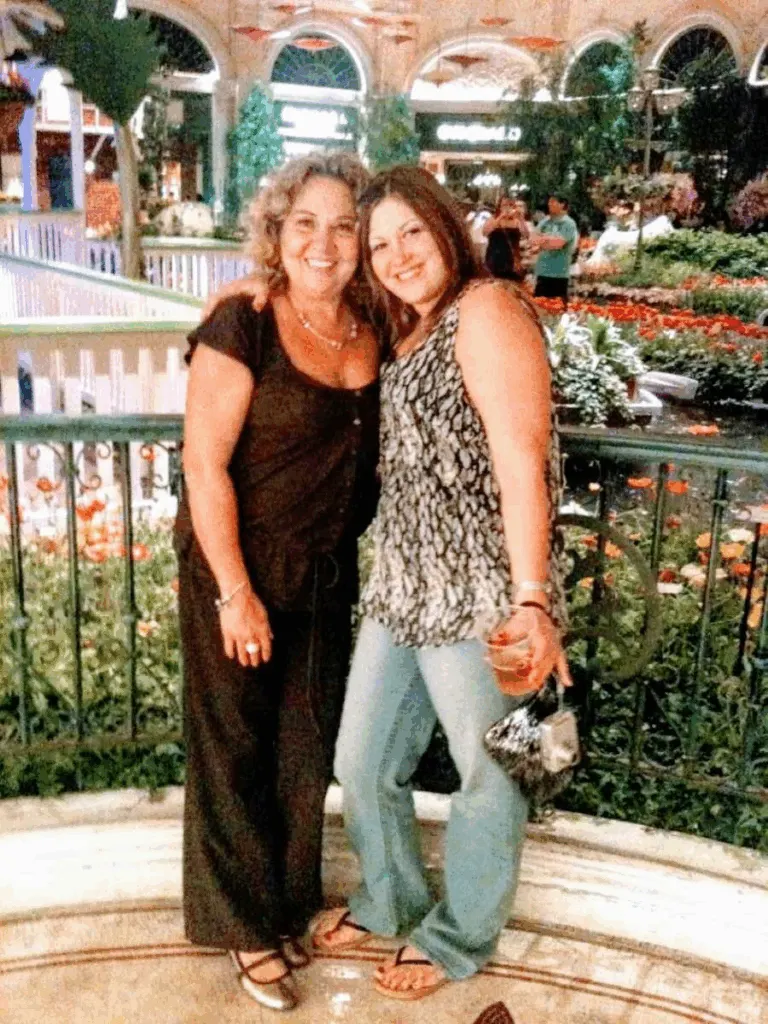
Life, though, is not a straight line. Her birth mother later slipped back into old patterns. They didn’t speak for nearly two years before she died unexpectedly. She wishes they’d made peace. Even so, she holds onto the good, a beach wedding where she stood up for her mom, a sister’s wedding where both adoptive parents attended, and afternoons watching nieces and nephews grow. She missed the story’s first half, but she was present for the chapters she could.
There were uncanny overlaps, too. The first time she visited her birth mother’s home, she realized it backed up to the house of a close friend. She had passed by her birth mother’s place countless times without knowing. It felt like a reminder that their paths had always been closer than she imagined.
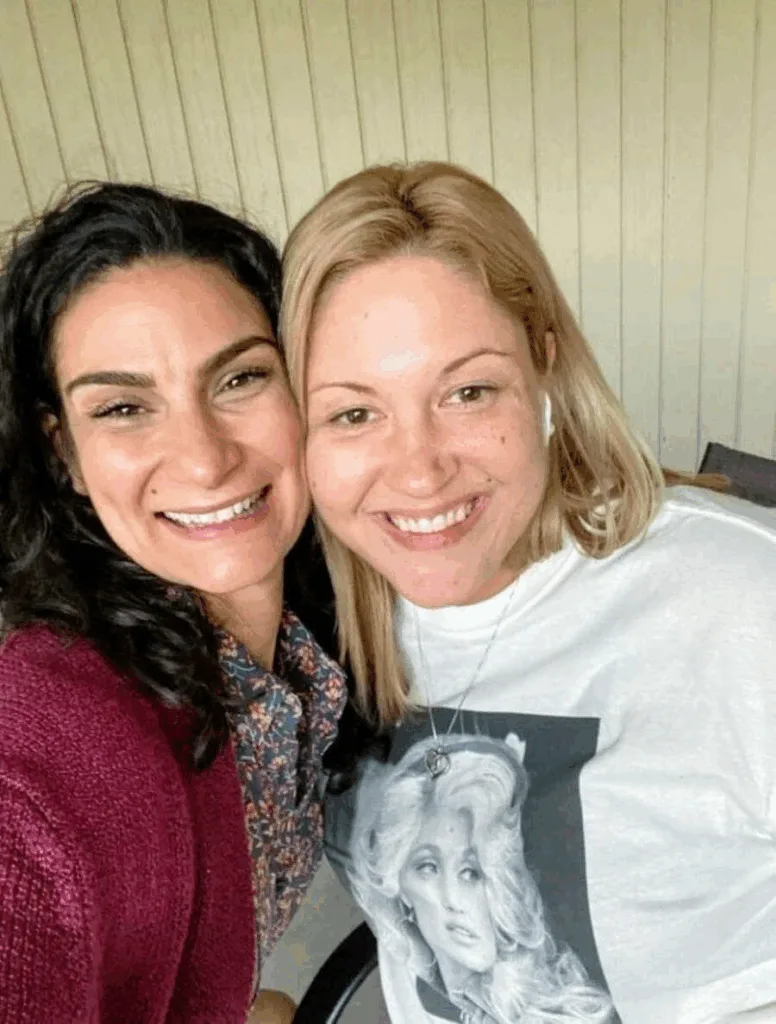
With time, her shame about being adopted turned into pride. Adoption, she learned, is a lifelong journey for everyone involved: the birth parents, the adoptive parents, and the child. It begins with a loss that can’t be wished away but can also hold love, healing, and a broader definition of family. She now shares her story openly, believing that what once made her feel “different” is actually what makes her beautifully unique. Her adoptive father said it best the night both families first met: there’s enough love for everyone.


